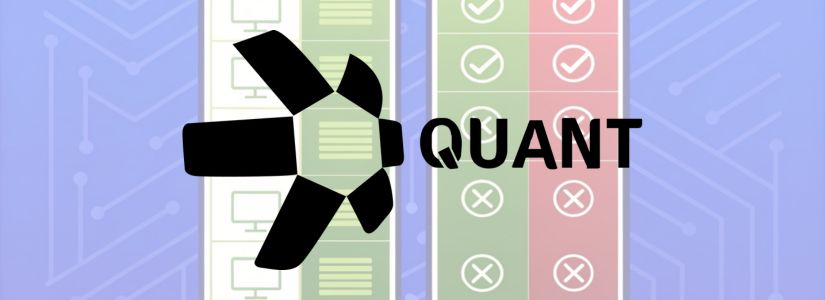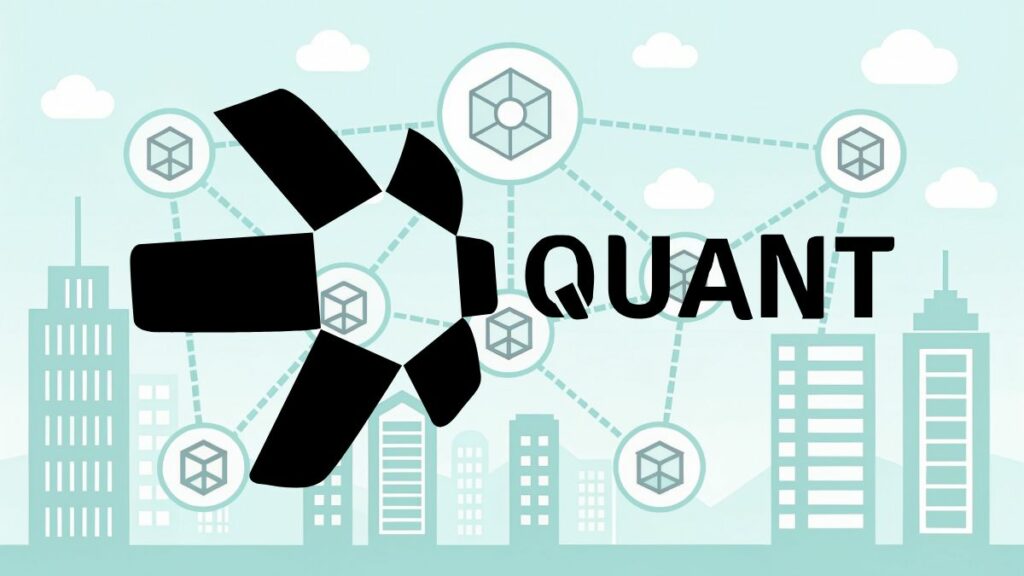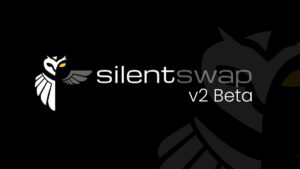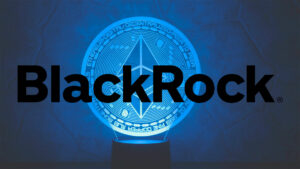Quant Network is a revolutionary blockchain project addressing the crucial need for universal interoperability. We’ll delve into its core technology, Overledger, and how it enables seamless communication across diverse digital ledgers and traditional enterprise systems. Discover the multifaceted utility of the QNT token and gain insights into the advantages and challenges associated with this innovative network.
What is Quant Crypto?

Quant Network is a groundbreaking project in the cryptocurrency landscape designed to address the critical challenge of interoperability across diverse blockchain networks. It serves as a universal translator, allowing different blockchains to connect and interact smoothly.
This capability is vital for fostering a more integrated and efficient decentralized ecosystem, moving beyond the current fragmented state of digital ledgers. The primary goal of Quant Crypto is to facilitate enterprise-grade solutions by bridging the gap between various distributed ledger technologies (DLTs) and traditional systems.
The Overledger Foundation
At the heart of Quant Network’s innovation is Overledger, an operating system for distributed ledger technology. Rather than being a blockchain itself, Overledger serves as a DLT gateway that allows organizations and developers to connect and transfer data across multiple blockchains without requiring complex infrastructure changes.
This unique approach simplifies the integration of blockchain technology for businesses, allowing them to leverage the strengths of different chains and create multi-chain applications (mApps) that operate across various environments.
A Catalyst for Enterprise Adoption
Quant Crypto is positioned to play a significant role in the evolution of blockchain technology, particularly for enterprise adoption. By enabling seamless data and value exchange between different blockchain and traditional systems, it unlocks new possibilities for cross-chain collaboration in sectors like finance, supply chain, and healthcare.
The focus on compliance, security, and ease of integration makes Quant Crypto an attractive solution for businesses seeking to harness the power of decentralized technologies without compromising existing infrastructure.
How Does Quant Work?

Quant operates primarily through its Overledger platform, which functions as the world’s first blockchain operating system and API gateway. Instead of acting as another blockchain, Overledger is a technology layer that sits above existing distributed ledgers, enabling seamless communication between them.
This unique approach allows enterprises and developers to connect their legacy systems and diverse blockchain networks, facilitating data and value exchange without needing to alter the underlying blockchain protocols. It provides a standardized interface for interaction across a fragmented DLT landscape.
Powering Multi-Chain Applications (mApps)
One of the core functionalities of Quant Network is its support for Multi-chain Applications or mApps. Developers can leverage Overledger to build decentralized applications that are not confined to a single blockchain but can operate across several simultaneously.
This empowers businesses to create flexible and robust solutions, drawing capabilities from different blockchains as needed. For instance, a mApp could utilize the security of one chain for data storage while leveraging the high transaction speed of another for payments, all managed through Overledger.
Layered Communication Architecture
Quant Network utilizes a distinct layered architecture to manage cross-chain communication efficiently. This includes a Transaction Layer for recording operations, a Message Layer for handling information retrieval from ledgers, a Filtering and Ordering Layer for validating and sorting messages, and an Application Layer for routing verified data to the correct dApp.
This modular design ensures that interactions between disparate blockchains are structured, secure, and scalable, allowing for complex multi-chain workflows without creating new consensus mechanisms.
What is the Quant Token?

The Quant Token, known by its ticker QNT, serves as the native cryptocurrency and utility token of the Quant Network. Launched as an ERC-20 token, QNT operates on the Ethereum blockchain, leveraging its security and established infrastructure. It is designed to be the fundamental asset powering the interoperability solutions provided by the Quant Network, specifically its Overledger operating system.
Utility and Access
QNT’s main role is to provide access to the Overledger platform and its range of services. Developers and enterprises are required to hold and use QNT to pay licensing fees when utilizing Overledger to build and deploy mApps or connect various distributed ledgers. This means that holding QNT tokens is a prerequisite for interacting with the core functionalities of the Quant Network and benefiting from its cross-chain capabilities.
Economic Model and Scarcity
The QNT token has a set and restricted supply, totaling around 14.6 million tokens currently in circulation. This scarcity, combined with its essential utility for accessing the Overledger network, contributes to its economic model. All fees for using the Quant Network’s resources, including transaction fees and data exchange services, are denominated and paid for using QNT, creating a continuous demand for the token tied directly to network usage.
Is the Quant Token a Good Investment?
From a functional perspective, the potential for QNT as an investment is closely linked to the broader adoption and successful implementation of Quant Network’s interoperability solutions by enterprises and governments.
As more businesses seek seamless communication between diverse blockchain systems and legacy infrastructure, the demand for Overledger’s services, and consequently the QNT token, could increase. Its integral role in enabling multi-chain connectivity positions it within a critical area of blockchain development.
The Pros and Cons of Quant

Advantages
Quant Network offers significant benefits, particularly for enterprises integrating blockchain technology without major technical overhauls. Its design prioritizes robust security and compliance, enabling trusted interactions across diverse ledgers. The platform also ensures high transaction throughput and low latency, providing scalable performance for demanding enterprise applications without compromising critical security.
Disadvantages
Quant faces certain drawbacks. Its market presence is relatively smaller than established cryptocurrency projects, potentially affecting broader recognition. Concerns also exist regarding its degree of centralization, which some see as a security consideration. To remain competitive in the rapidly evolving blockchain sector, Quant must consistently innovate against new solutions.
Conclusion
Quant Network, with its Overledger technology and QNT token, is at the forefront of solving blockchain interoperability. By enabling seamless interaction between varied digital ledgers and traditional systems, Quant offers a unique approach to enterprise blockchain adoption. Its layered architecture and token utility pave the way for a more connected and efficient decentralized future, despite facing challenges in market recognition and centralization.










